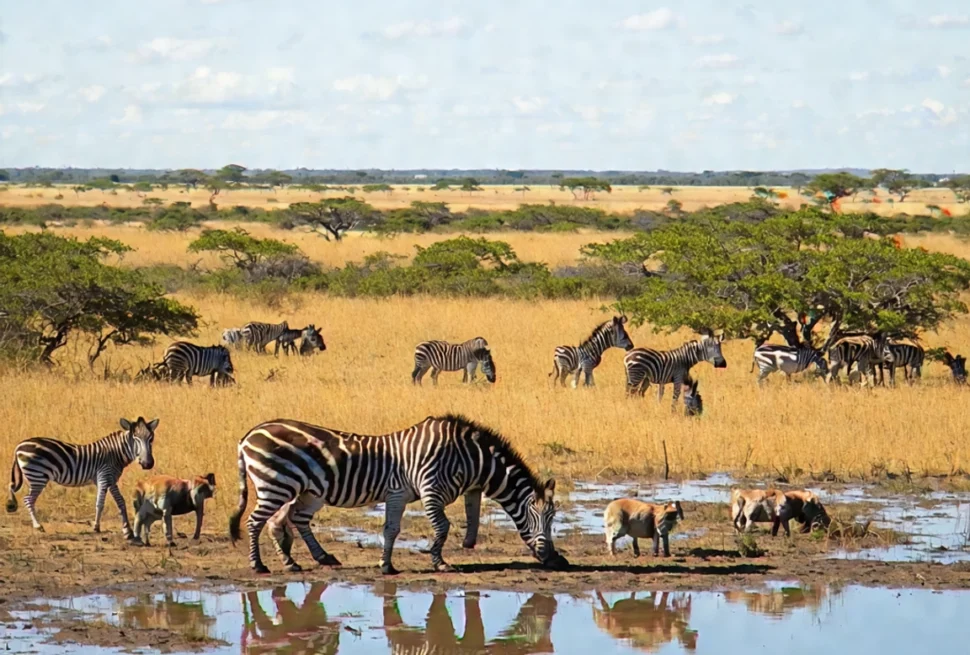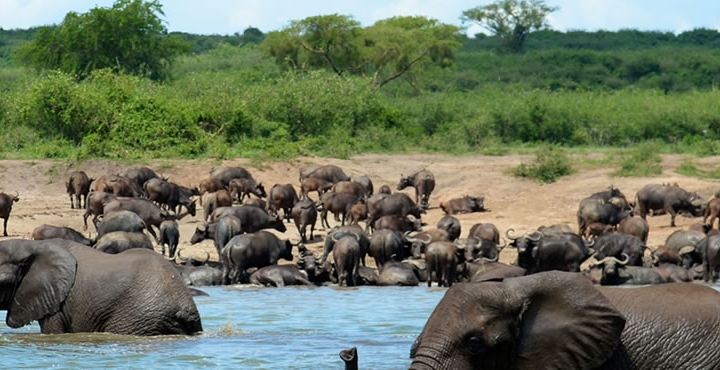In an extraordinary wildlife sighting, a rare albino zebra has been spotted wandering the vast plains of Serengeti National Park in Tanzania. The striking animal, affectionately named Ndasiata by local guides, has become a beacon of curiosity and wonder among wildlife enthusiasts and researchers alike.
Ndasiata stands out distinctly from the typical zebra herds, adorned in a mostly white coat with only a few faint black stripes gracing its neck, head, and body. This unique appearance is attributed to a rare genetic condition known as albinism, which results in a lack of pigmentation in the skin and hair.
Serengeti National Park, renowned for its incredible biodiversity and the annual wildebeest migration, now has another attraction drawing attention from around the globe. Ndasiata’s presence highlights the genetic diversity and wonders of the animal kingdom, offering researchers a unique opportunity to study the impacts of albinism on animals in the wild.
Wildlife photographers and tourists visiting the park are eager to catch a glimpse of Ndasiata, whose rarity and beauty have sparked discussions on social media platforms and wildlife forums. Many are captivated by the zebra’s ethereal appearance, which has been likened to a mythical creature gracing the African savannah.
Experts note that while albinism can pose challenges for animals, such as increased vulnerability to predators due to their conspicuous appearance and potential health issues, Ndasiata appears to be thriving in its natural habitat. The zebra’s integration into the herd suggests a level of acceptance, which is essential for its survival.
Conservationists emphasize the importance of protecting such unique creatures and their habitats. Serengeti National Park continues to play a crucial role in preserving biodiversity, ensuring that rare and exceptional animals like Ndasiata have a place to roam freely.
As visitors flock to the Serengeti with hopes of encountering Ndasiata, this rare albino zebra stands as a testament to the extraordinary and diverse tapestry of life that Africa’s landscapes continue to offer.



